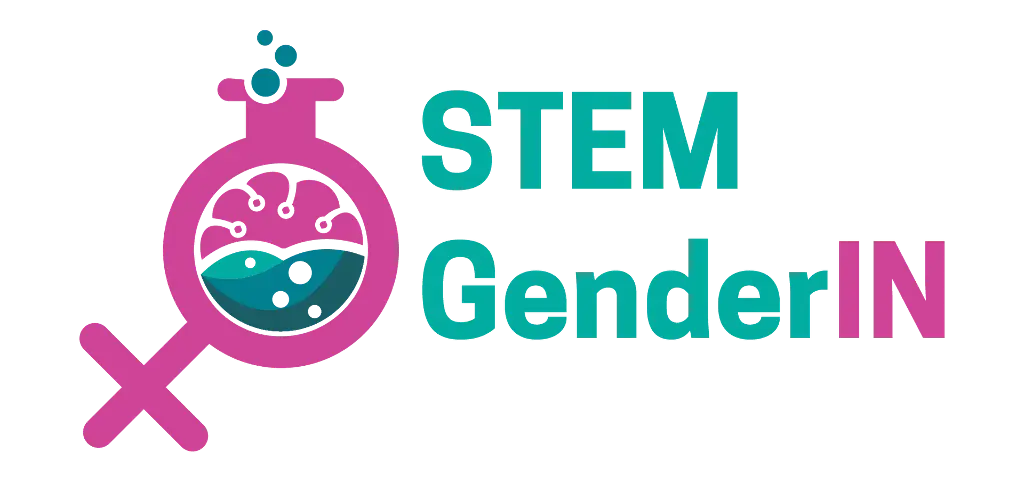1.1 Introdução: Exemplos a seguir e mentoria
The gender gap in STEM is a persistent issue that has long-term implications for innovation, economic growth, and gender equality.
While there has been notable progress in improving access to education and career opportunities for women, the underrepresentation of women in STEM fields remains significant. This disparity is evident across multiple levels: from academic enrollments to career progression and leadership positions in science and technology sectors.. Understanding and addressing the causes of this gap is essential not only for achieving gender equality but also for unleashing the full potential of innovation that can arise from diverse teams.
One of the most effective strategies to combat the gender gap in STEM is the use of role models and mentoring programs. These tools have the potential to break down cultural and institutional barriers that discourage women from entering and thriving in STEM fields. Organizations such as Women for Europe have taken a leading role in addressing this gap, focusing on initiatives that highlight the achievements of female role models and create supportive mentoring networks.
For instance, their “Inspire STEM” program pairs young women with mentors who are accomplished professionals in STEM fields, providing valuable guidance and encouragement to pursue STEM careers.
Another example is their “STEM for Change” campaign, which showcases success stories of women in STEM through media and workshops, aiming to inspire the next generation.
These initiatives have demonstrated measurable impact, including increased enrollment of young women in STEM programs and enhanced retention rates in STEM careers.
Various factors contribute to this gap, including gender stereotypes, lack of female representation in STEM fields, and the absence of supportive networks and role models. Many young women grow up without seeing women in prominent STEM roles, which leads to the belief that these fields are not meant for them. Additionally, the “leaky pipeline” phenomenon—where women drop out of STEM careers at higher rates than men—illustrates how systemic barriers such as discrimination, lack of mentorship, and work-life balance challenges further hinder women’s success in these fields.

Nenhum comentário até agora.
